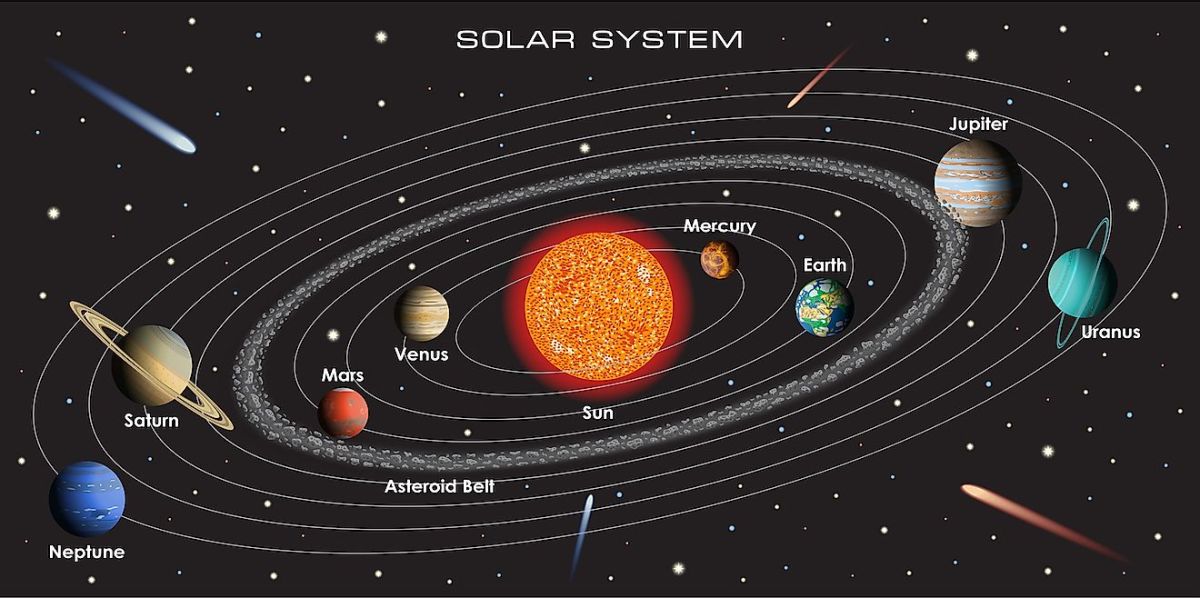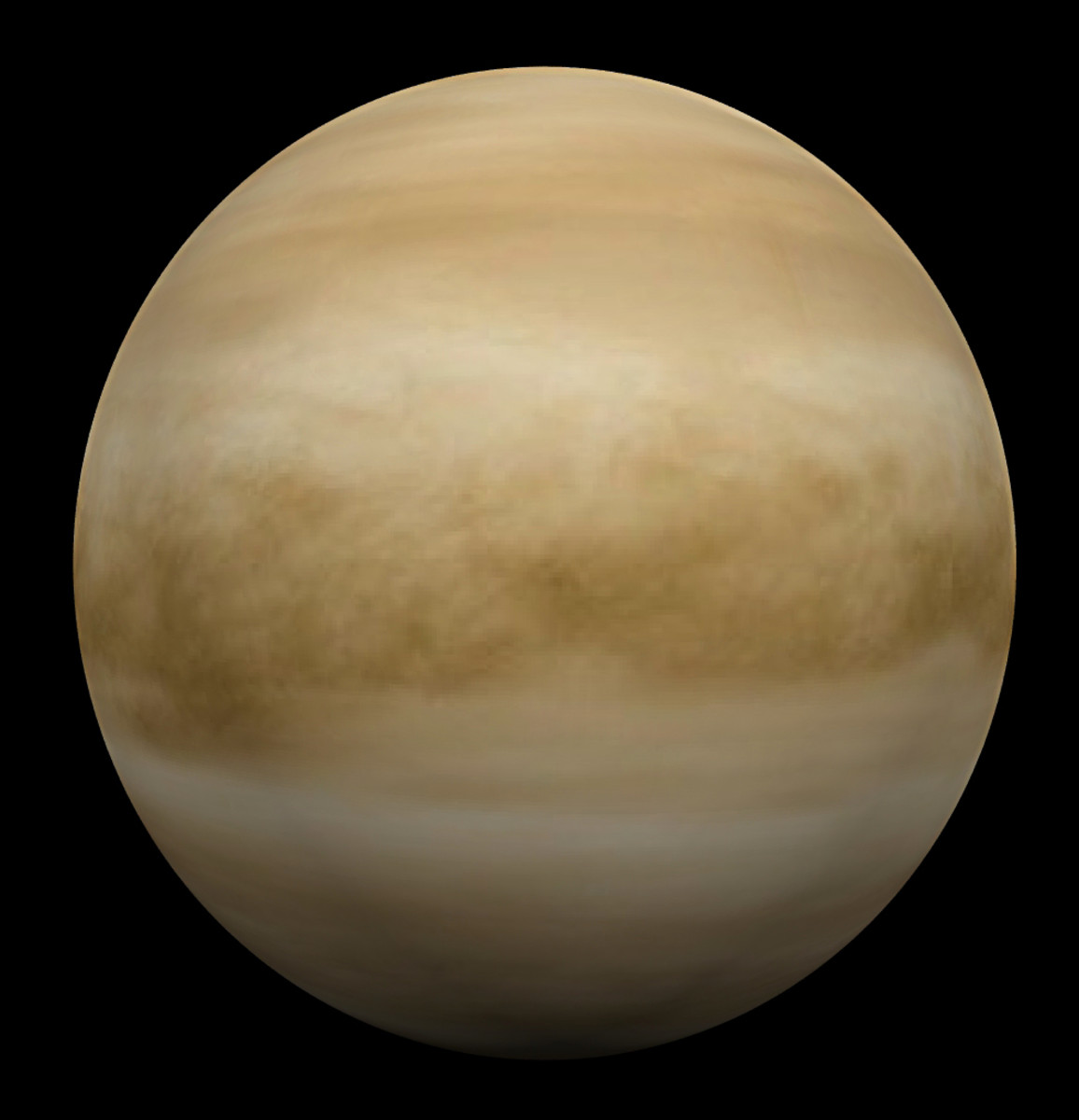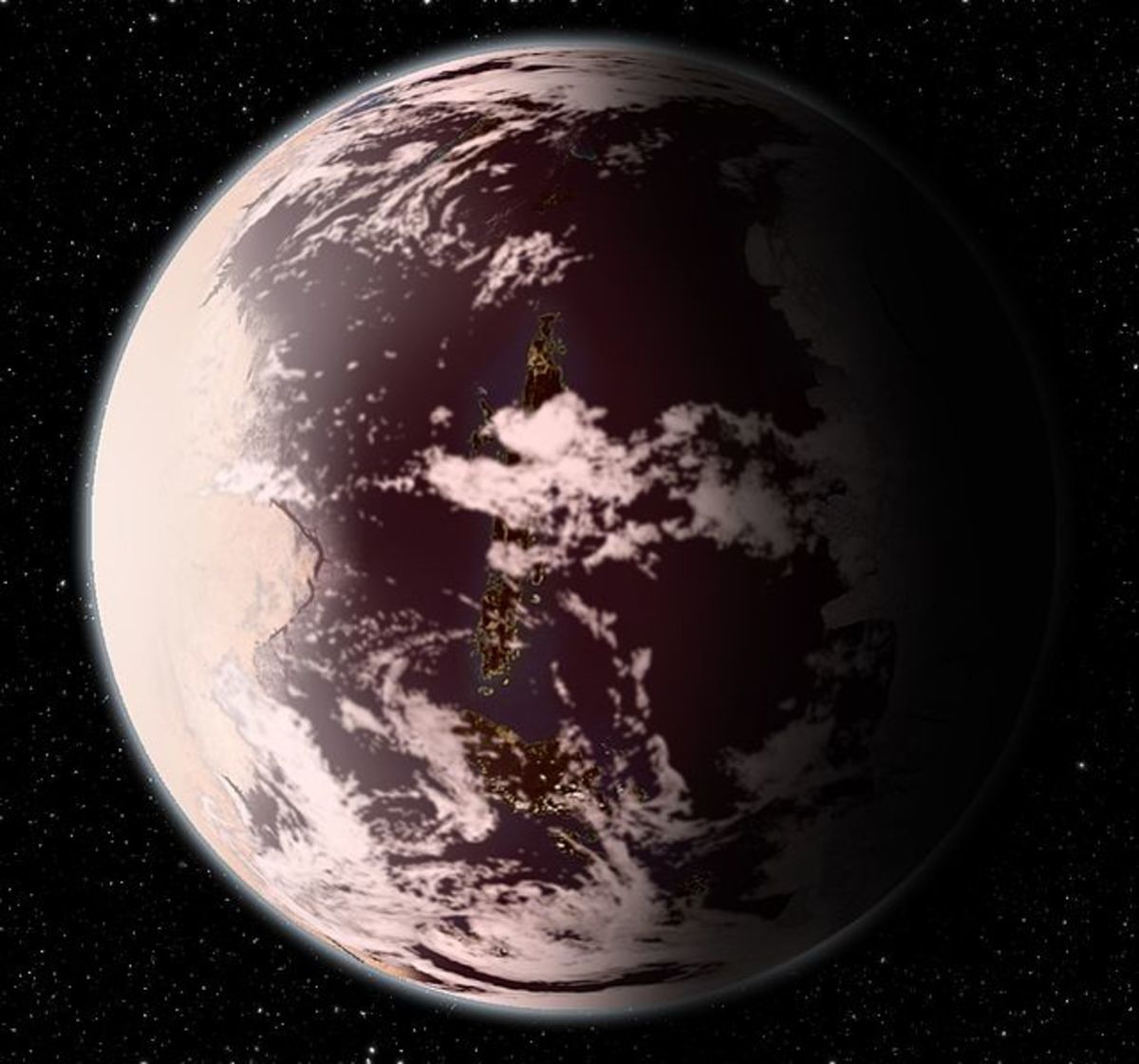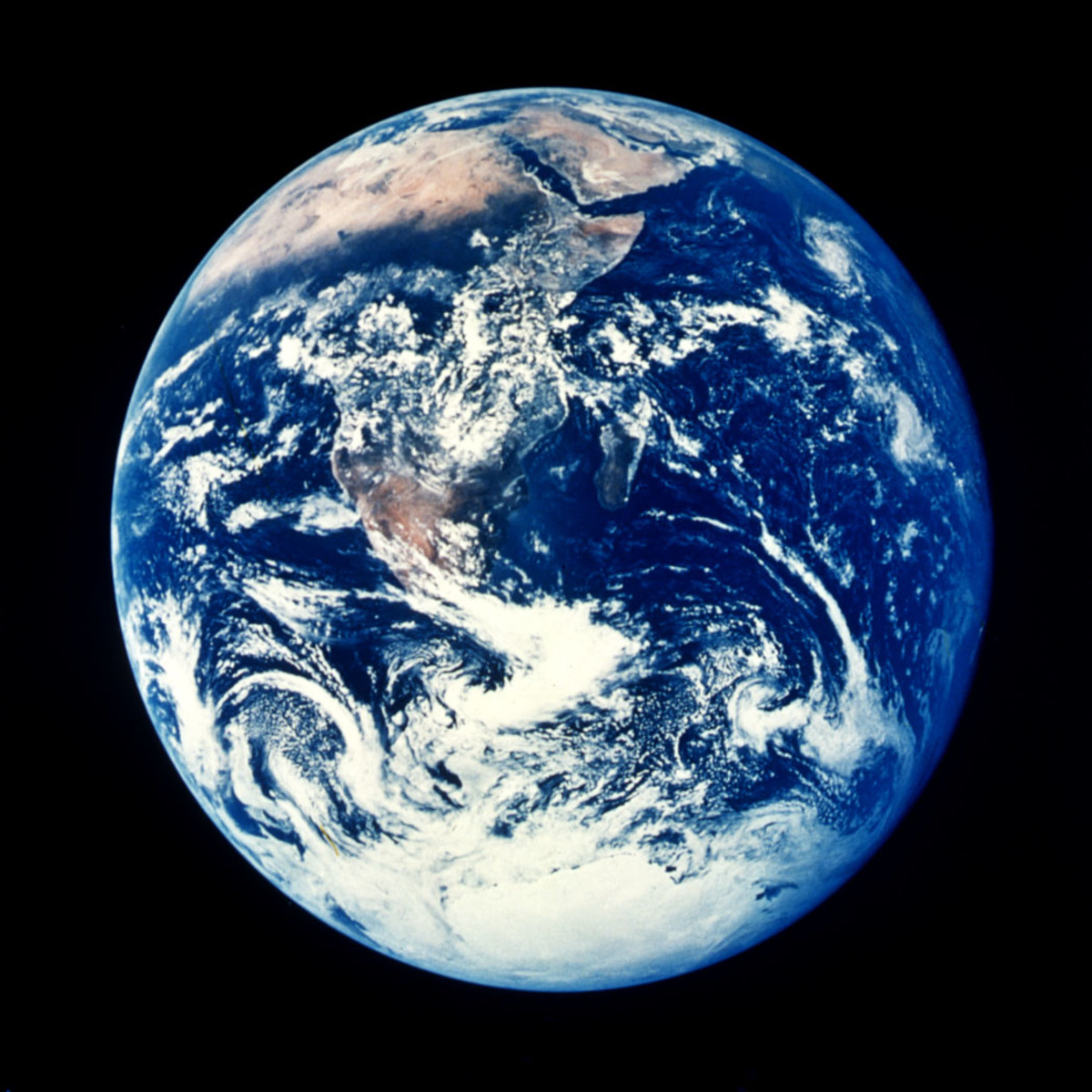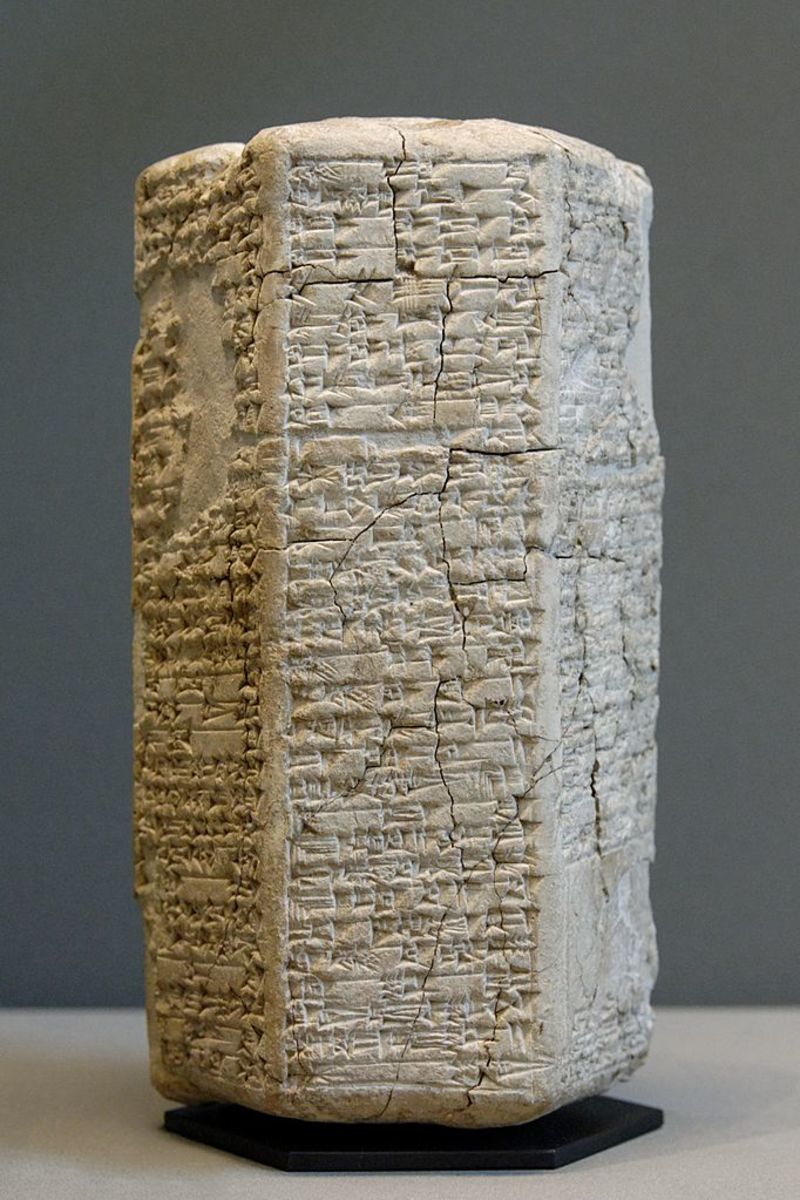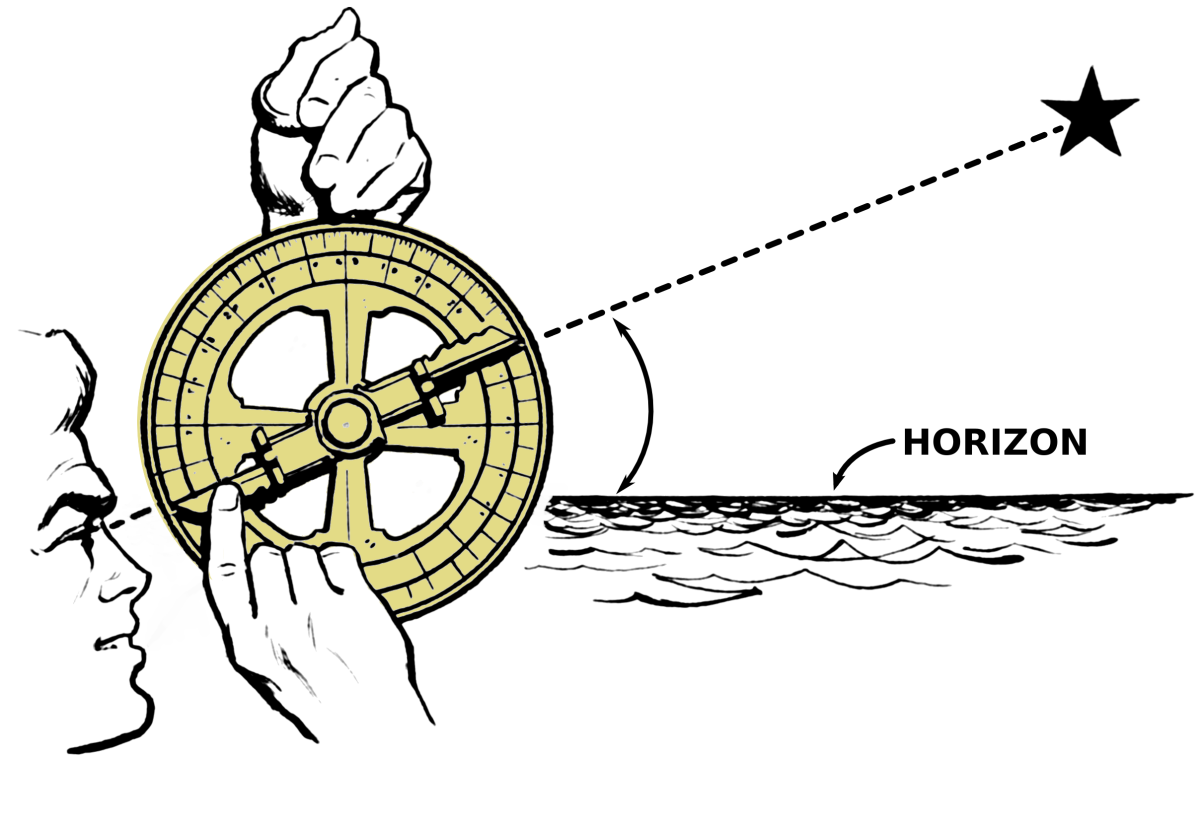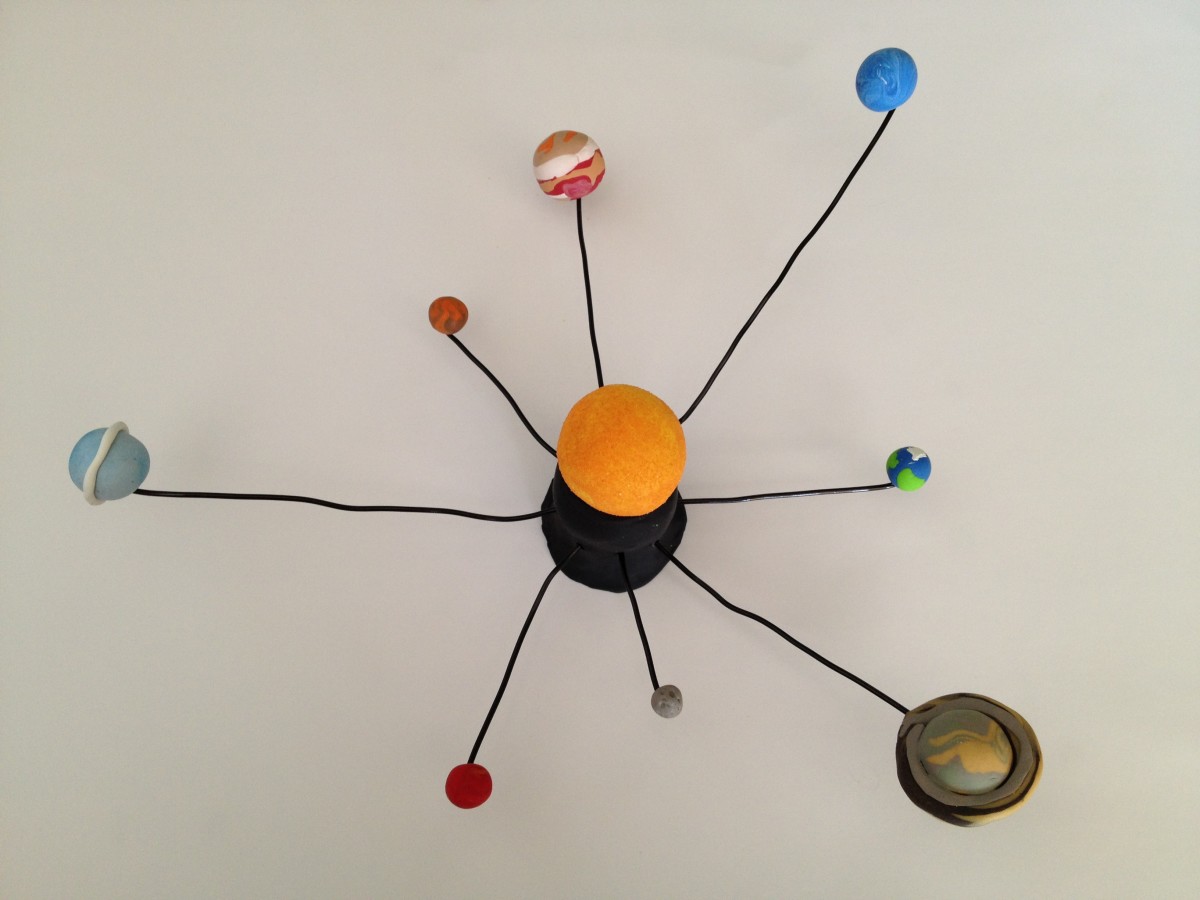Mercury: the messenger of gods
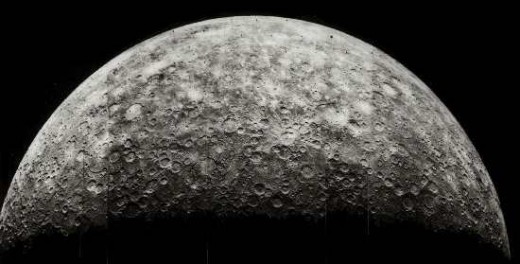
Two years in one day - how is it possible?
Here is the Mercury. Two years on the Mercury pass before one day is over. It turns around the Sun two times faster than around its own axis. Going fast on the orbit around the Sun, it turns lazily around itself. One day on the Mercury corresponds to 176 days on the Earth and two years on the Mercury. It is interesting to observe how the change of the day and the night happens on this planet. Each one continues 88 earthly days, which makes one planet's year. The Sun would raise in the East very slowly (one grade in 12 hours), reach its apex and set as slowly as it raised. In some places, however, the Sun would raise, then go back to the place it came from, and then raise again after several earthly days and stop in the apex. Nearing the Sunset, the event repeats again but vice versa. This is called the effect of Jesus Navin who was known for the ability to stop the Sun.
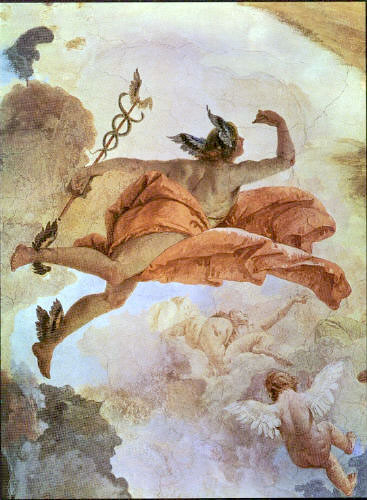
The companion of the Sun
Ancient Romans considered Mercury the patron of the trade, travelers and thieves, as well as the messenger of gods. There is no wonder that the small planet that moves quickly after the Sun in the sky bears its name. The Mercury was known long ago, however, the astronomers did not understand at once that they see the same star in the morning and in the evening.
The Mercury is closer to the Sun than the Earth. The axis of the Mercury is almost perpendicular to its orbit, while the orbit is very stretched.
Because of the closeness of the Sun the Mercury has got trapped in the trap of the resonance.
The Mercury has no satellites. The mass of the planet is almost 20 times less than that of the Earth. The density is almost the same as that of the Earth. The Mercury is smaller than some of the satellites of the Jupiter and the Saturn. It is difficult to observe the Mercury because of its closeness to the Sun. The maximum distance that it makes between itself and the Sun is 29 degrees. It can be observed either before the sunrise, or right after the sunset. The planet can be seen with the naked eye.
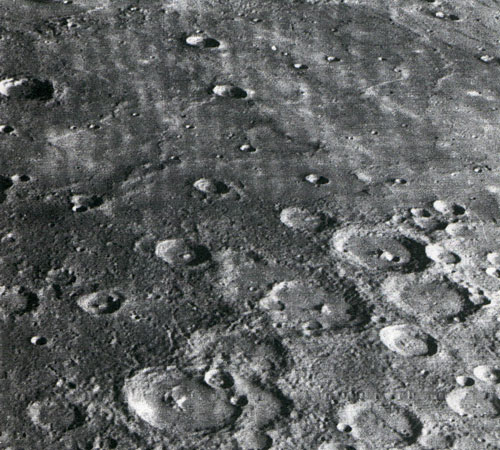
Burned out desert
When the apparel "Mariner-10" transmitted the shots from the Mercury, the astronomers were astonished: they saw the second Moon. The surface of the Mercury turned out to be spangled with the net of the craters of different sizes, just like the surface of the Moon. Most of them formed as a result of the meteorites' fall.
Smooth valleys were found on the surface of the planet, which were called pools. The biggest of them, called Caloris, is 1300 km in diameter. There are mountains on the planet. Their biggest height is 2-4 km. A rare phenomenon was found on the surface of the planet, called escarp. It is believed to have been formed when there were moves of the surface due to the shrinking of the planet.
Former satellite of the Venus?
In the 19th century, the astronomers made a hypothesis that the Mercury used to be the satellite of the Venus. In 1976 the mathematical calculation was made that explained the loss of the turning ability of the Mercury and the Venus around their axes. This hypothesis helps to explain the presence of the magnetic field around the Mercury, and the chemical composition of its nucleus. The scrupulous study of the magnetic field of the planet showed that it has a more complicated structure than that of the Earth. Besides the bipolar one, there are other ones with four and eight poles. On the Sun side, the magnetic sphere is very shrunk because of the influence of the Sun wind.


